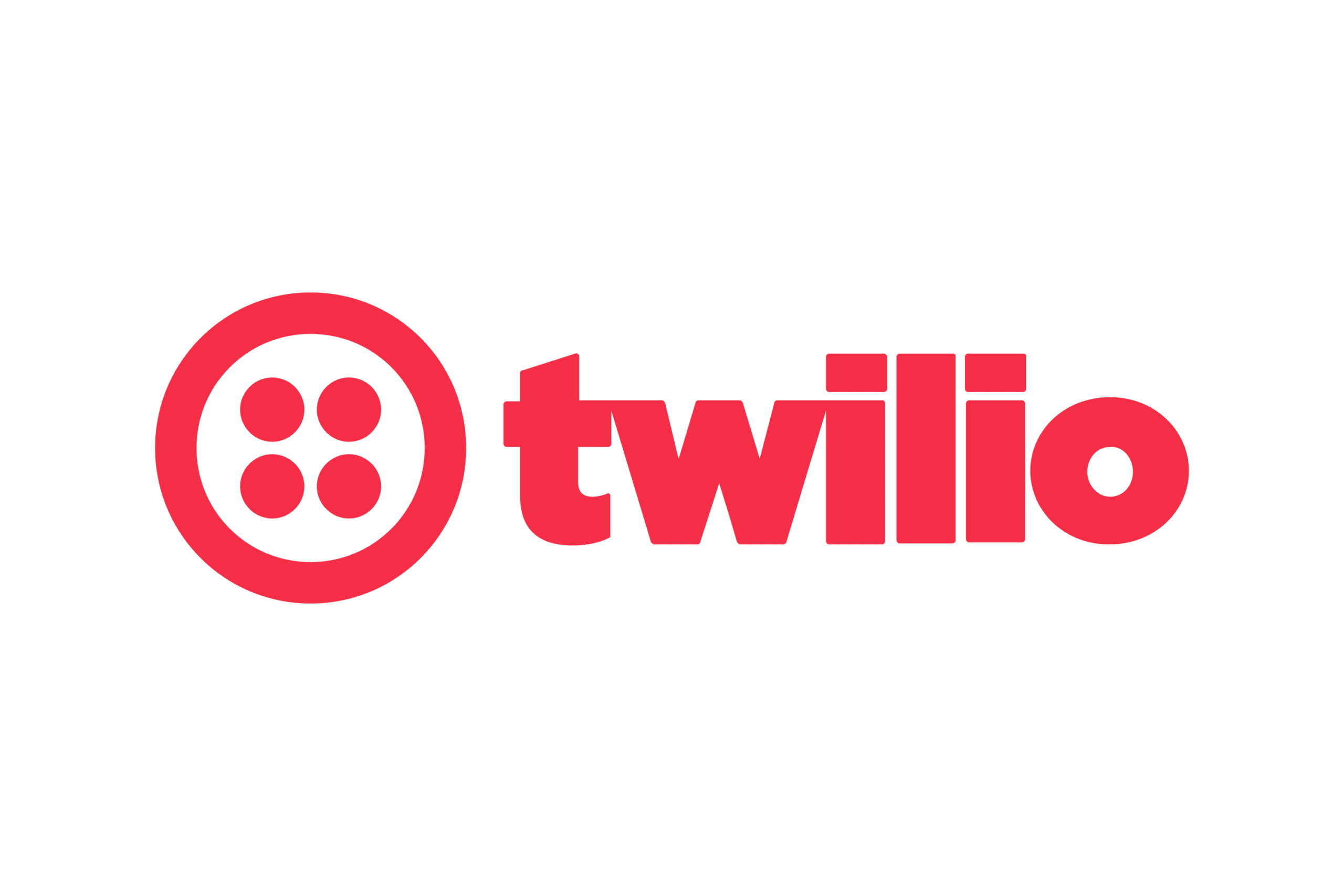What is Twilio?
Twilio is a cloud communications platform that enables developers to build, scale, and operate real-time communications within their software applications. Twilio’s APIs offer a broad range of communication services, including SMS, voice, video, and chat functionalities, which can be integrated into websites, applications, or even IoT devices. Established in 2008, Twilio has quickly become one of the go-to platforms for businesses aiming to enhance their user experience through automated, scalable communication solutions.
| Feature | Description |
|---|---|
| SMS | Send text messages programmatically to users. |
| Voice | Voice communication APIs for call setup and management. |
| Video | Real-time video communication capabilities. |
| Chat | In-app chat features for various platforms. |
| IoT Connectivity | APIs to connect IoT devices to the cloud. |
What is Twilio Used for and How Does it Work?
Twilio is predominantly used for automating communication between businesses and their customers. It works as an intermediary that allows your application to make HTTP requests to Twilio’s servers, which then perform actions like sending text messages, making phone calls, or establishing video chats on your behalf.
Key Uses in Social Network Promotion:
- Automated Customer Service: Bots can be integrated to handle initial customer interactions, providing instant support.
- Marketing Campaigns: SMS and voice calls can be scheduled for promotions or announcements.
- User Engagement: Real-time notifications or reminders can be sent to users to increase engagement on social media platforms.
Twilio operates by leveraging a network of globally distributed data centers, allowing for high availability and low latency. However, this global reach can sometimes create issues, particularly when it comes to IP restrictions or data sovereignty laws. This is where the use of proxy servers comes into play.
Why Do You Need a Proxy for Twilio?
A proxy server acts as a middleman between your application and Twilio’s servers, funneling your requests and responses through an alternate route. This can be particularly beneficial for various reasons:
- IP Whitelisting: Some companies or countries restrict the range of IPs that can access their services. A proxy can provide a specific IP that’s allowed by the target destination.
- Load Balancing: Distribute requests across multiple Twilio endpoints to avoid throttling.
- Data Localization: By using a proxy located in a specific country, you can comply with local data regulations.
- Increased Security: A proxy can provide an additional layer of security, like SSL encryption, between your application and Twilio.
Advantages of Using a Proxy with Twilio
Using a proxy server like those provided by OneProxy offers several advantages when working with Twilio:
- Speed and Reliability: Data center proxies offer blazing-fast speeds and low latency.
- Scalability: Easily scale your operations without worrying about rate limits.
- Security: Added layers of security measures to safeguard your data.
- Compliance: Ensure you’re following data sovereignty laws by routing your traffic through specific geographical locations.
- Anonymity: Mask your server’s original IP address to prevent it from being blacklisted.
What are the Cons of Using Free Proxies for Twilio
While free proxies may seem attractive, they come with several drawbacks:
- Limited Speed: Free proxies are often overcrowded, leading to slow connection speeds.
- Reliability Issues: High downtime rates can disrupt your operations.
- Data Risks: Lack of proper security measures can expose your data to cyber threats.
- No Customer Support: Troubleshooting issues can be a nightmare without professional support.
- Geo-Restrictions: Many free proxies do not offer a wide range of geographic locations, making it hard to comply with data localization laws.
What Are the Best Proxies for Twilio?
For a seamless and secure experience with Twilio, it is advisable to go for data center proxies, particularly those provided by OneProxy. They offer:
- High-Speed Connection: Ensuring real-time communications are never disrupted.
- Global Coverage: A wide array of IP addresses from different locations to ensure compliance with local laws.
- Robust Security: Equipped with top-of-the-line security features.
- Excellent Customer Support: Around-the-clock support for any issues that might arise.
How to Configure a Proxy Server for Twilio?
Setting up an OneProxy server for Twilio involves a few straightforward steps:
- Purchase a Proxy: Choose the appropriate proxy plan from OneProxy that best suits your requirements.
- Retrieve Proxy Details: Once purchased, you will receive details such as proxy IP, port number, username, and password.
- Update Application Settings: In your Twilio API client configuration, input the proxy details where required.
- Test Connection: Run a simple Twilio API request to ensure that the setup is correctly configured.
- Monitor and Optimize: Regularly check the performance and make adjustments as needed.
By adhering to these steps, you can efficiently and securely harness the full potential of Twilio’s communication APIs, thereby elevating your social network promotion strategies to new heights.













